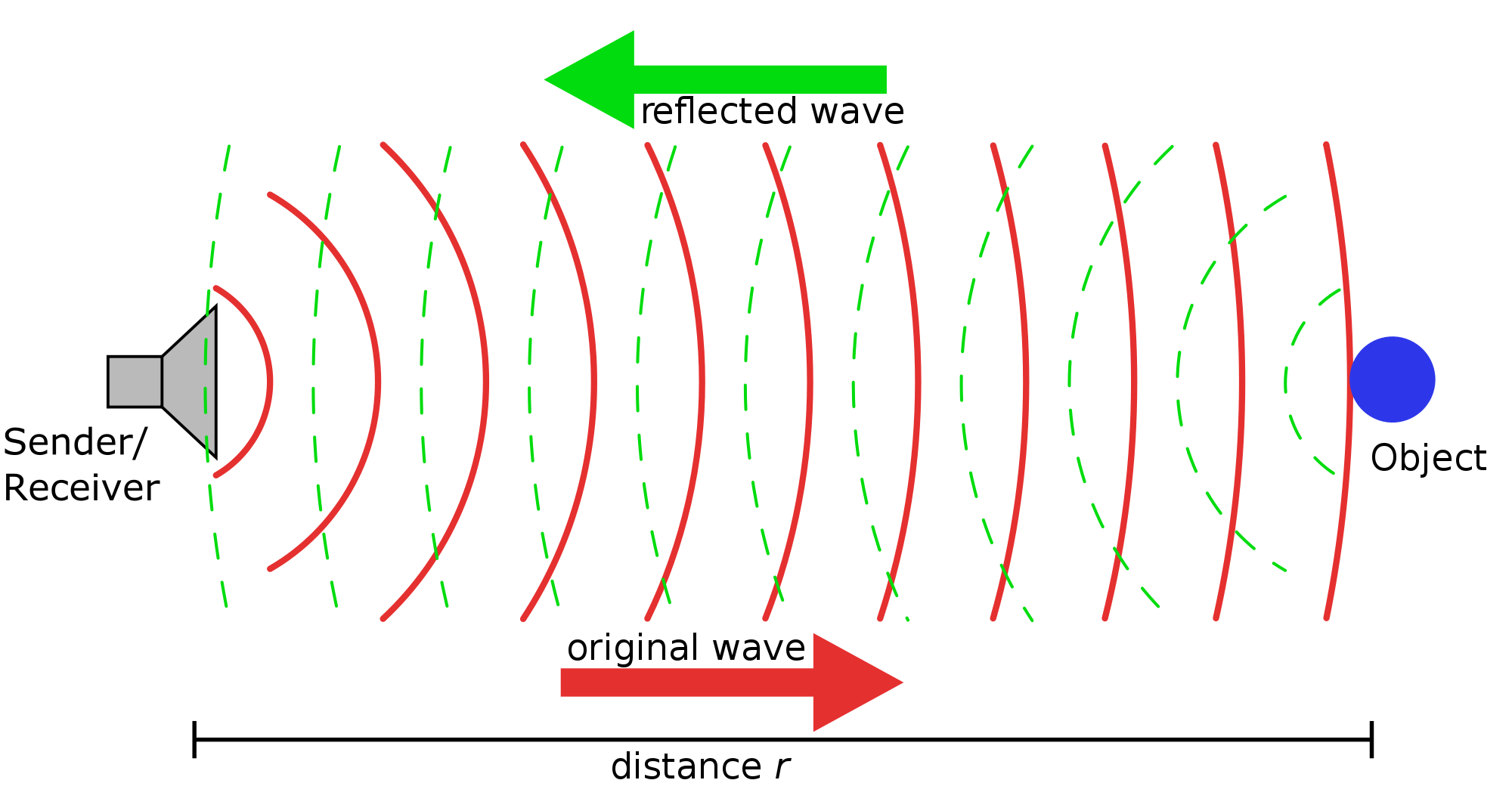

The hit rate is then Phit = P (z > c S + N), the false alarm rate is Pfa = P (z > c N), and detectability, d’ = z (Phit)-z (Pfa), where z(p) is the inverse normal score, z, associated with probability p, such that z (0.5) = 0, z (0.1) = −1.28, and z (0.9) = + 1.28. When signals are constant, the corresponding variances all equal 1.0, the noise variance. Strengths on discrimination trials are either S + N, with mean S, or N, with mean 0, while strengths on discrimination trials are either S1 + N or S2 + N, with means S1, S2. Other probability distributions are possible, as when light is detected and a Poisson counting variable is required, but only for the Gaussian are the mean and variance mathematically independent, which simplifies matters. These four probabilities, P (z > c S) and so on, can be modeled if the internal strength variable is assumed to be corrupted by Gaussian noise, N, with mean 0 and variance 1.0. The perceiver has a forced-choice decision between Yes and No, not being allowed to report ‘uncertain’.
SIGNAL DETECTION THEORY TRIAL
The perceiver in an experimental trial is assumed to orient towards a signal or stimulus, denoted by S, and answer ‘Yes’ when interrogated about its presence if the strength of the evidence (denoted z) elicited by S exceeds a criterion level, denoted c. Strength represents the evidence accumulated by the senses towards a categorical decision, such as that I see a butterfly-evidence that may rely on one dimension (e.g., sound level) or on numerous dimensions (color, motion, size) which are presumed to be integrated into one evidential signal. The essential idea is that stimulation (auditory, visual, tactile) can be represented as activity on a single internal dimension termed ‘strength’. To explain this role for attention in SDT terms requires at least an elementary exposition of SDT, which the reader may skip if this material is already familiar. Intuition suggests that paying more attention should enhance performance indeed, it has been taken as a defining characteristic in Psychology that items selected by attention will be processed better, and rejected items worse, than neutral items (e.g., Posner et al. These results warn the experimental researcher not to confuse focusing attention with enhancing performance, and warn the modeler not to assume that SDT is unequivocal. That focusing can either aid or disrupt performance, even when cues are valid and conditions are idealized, is surprising, but it can also be explained by SDT, as shown here. However, focusing made it harder to identify a randomly chosen one of 20 letters. Relative to diffusing attention, focusing attention indeed benefitted discrimination of forward from backward pointing Es. The stimuli (offset letters), locations, conditions, and tasks were all known in advance, responses were forced-choice, subjects were properly instructed and motivated, and instructions were always valid-conditions which should optimize signal detection. Subjects had either focused attention on two of four possible locations in the visual field, or diffused attention to all four locations. Our experiments have shown, however, that this is not necessarily true. Parameters:In this paper, I first review signal detection theory (SDT) approaches to perception, and then discuss why it is thought that SDT theory implies that increasing attention improves performance. weibullPsy ( x, alphax, betax, gammax, lambdax ) ¶Ĭompute the weibull psychometric function. logisticPsy ( x, alphax, betax, gammax, lambdax ) ¶Ĭompute the logistic psychometric function. invWeibullPsy ( p, alphax, betax, gammax, lambdax ) ¶Ĭompute the inverse weibull psychometric function.

invLogisticPsy ( p, alphax, betax, gammax, lambdax ) ¶Ĭompute the inverse logistic psychometric function. invGumbelPsy ( p, alphax, betax, gammax, lambdax ) ¶Ĭompute the inverse gumbel psychometric function. Stimulus level at which proportion correct equals pįor the listener specified by the function. Lower limit of the psychometric function. Proportion correct on the psychometric function. invGaussianPsy ( p, alphax, betax, gammax, lambdax ) ¶Ĭompute the inverse gaussian psychometric function. gumbelPsy ( x, alphax, betax, gammax, lambdax ) ¶Ĭompute the gumbel psychometric function. Proportion correct at the stimulus level(s) x. Lower limit of the psychometric function (guess rate). Mid-point(s) of the psychometric function. gaussianPsy ( x, alphax, betax, gammax, lambdax ) ¶Ĭompute the gaussian psychometric function. dp = dprime_yes_no_from_counts ( nCA = 70, nTA = 100, nCB = 80, nTB = 100, corr = True ) pysdt.


 0 kommentar(er)
0 kommentar(er)
